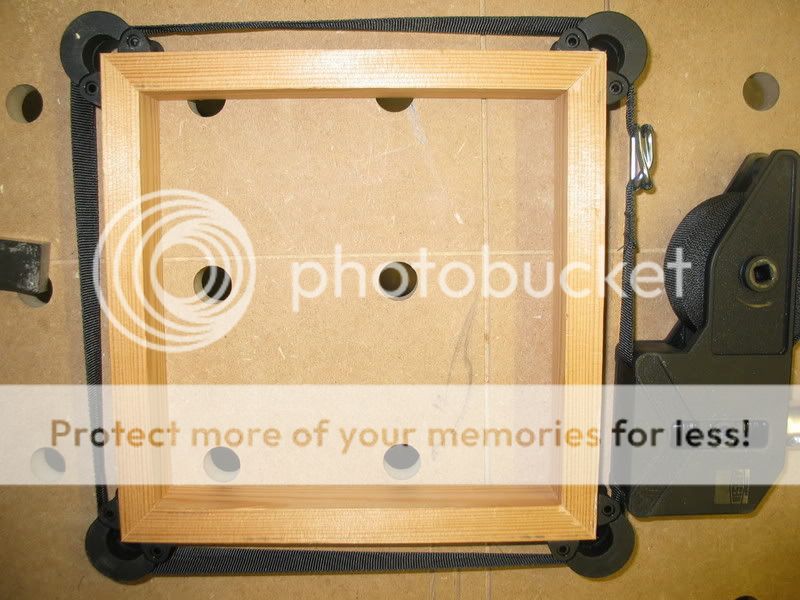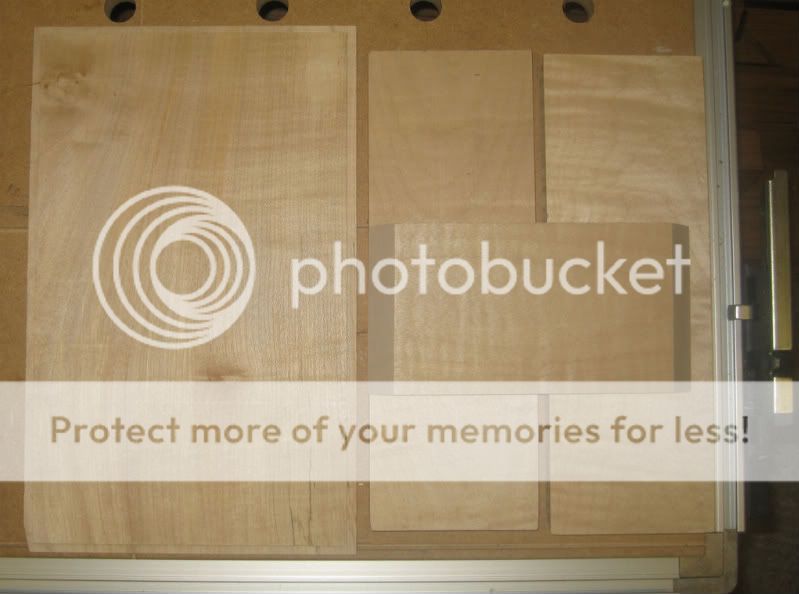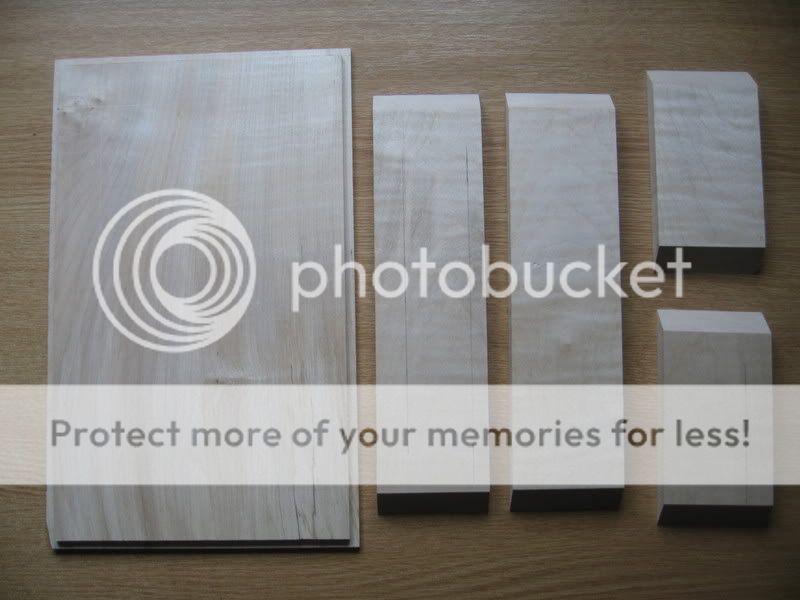TheDudester
Established Member
Last month a new magazine (for me), F&C caught my eye because of a picture on the front cover. It was a jewellery box in oak by Rod Stoakley aka woodbloke and everything about it struck a chord with me.
My wife's 40th birthday is on May 19th (ps don't anyone remind her) and I want to build a jewellery box for her inspired by Rob's article
Now I cannot even begin to make a box using the techniques described in the article and my hat is of to Rod for his abilities.
The first step was to go out today and buy some wood to build it with, which ended up being two pieces of sycamore see pictures including close up of grain on each.
They have been machine planed to roughly 3/4inch and I intend to run them through the thicknesser to take off about 1/16 and see what happens. I don't own a planer myself.
The dimensions of the box will be roughly 300wx210dx100h. The thickness of the material used will be as close to 5/8 as I can get.
The long board will be used to make the side pieces. There is about 1.2m of length where I can still get about 150mm of width. The third pic shows the middle of the long board and I intend to use that for the front.
The other board will be used for the top which I hope to cut it out parallel to the way the grain is running (see second pic).
A contrasting wood still needs to be sourced.
I would appreciate any and all comments. I have already been advised that there isn't enough time to finish everything off, so if I can get the basic construction ready, I'd be happy with that.
I have posted two pics of Rod's box at the end which I hope he doesn't object to.
Thanks
The Dudester
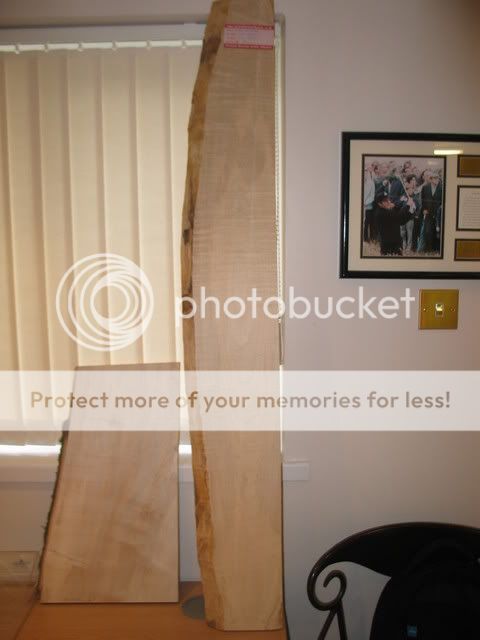
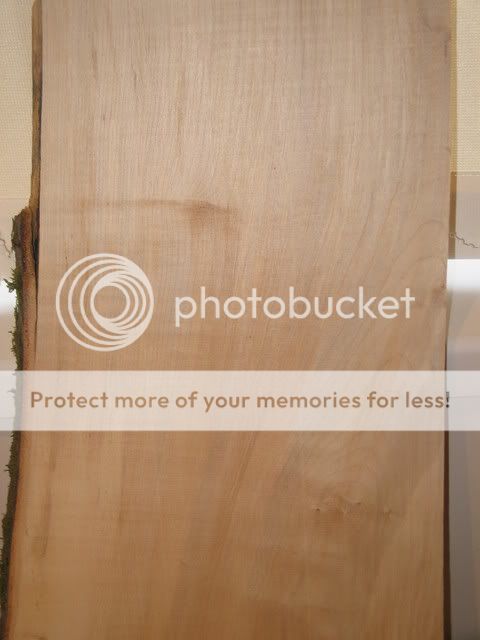

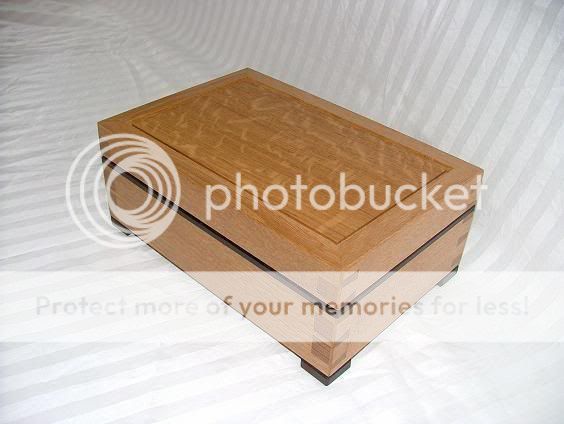
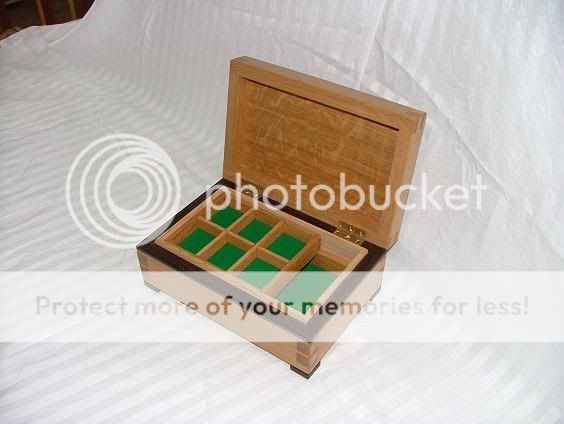
My wife's 40th birthday is on May 19th (ps don't anyone remind her) and I want to build a jewellery box for her inspired by Rob's article
Now I cannot even begin to make a box using the techniques described in the article and my hat is of to Rod for his abilities.
The first step was to go out today and buy some wood to build it with, which ended up being two pieces of sycamore see pictures including close up of grain on each.
They have been machine planed to roughly 3/4inch and I intend to run them through the thicknesser to take off about 1/16 and see what happens. I don't own a planer myself.
The dimensions of the box will be roughly 300wx210dx100h. The thickness of the material used will be as close to 5/8 as I can get.
The long board will be used to make the side pieces. There is about 1.2m of length where I can still get about 150mm of width. The third pic shows the middle of the long board and I intend to use that for the front.
The other board will be used for the top which I hope to cut it out parallel to the way the grain is running (see second pic).
A contrasting wood still needs to be sourced.
I would appreciate any and all comments. I have already been advised that there isn't enough time to finish everything off, so if I can get the basic construction ready, I'd be happy with that.
I have posted two pics of Rod's box at the end which I hope he doesn't object to.
Thanks
The Dudester







































